Bottle and tube labels can be a confusing cacophony. Outlandish claims can promise so many things. Erase wrinkles, treat acne, make you 20 years younger. However how correct those claims are is in the ingredients. How to read skincare ingredients? How to decipher the symbols?
I have often said it’s all in the formula but haven’t explained just how to read an ingredients list. Here’s a comprehensive guide to help you, and me, understand the back label of our skincare products.
How to read skincare ingredients labels
Read the skincare Ingredients
Ingredients labels are fairly simple to read. Ingredients from 1% up are listed from highest concentration to lowest. Below 1% they are listed in whatever order the brand feels like. This ensures that the formula is kept secret from the competitors.
For consumer clarity, beauty companies have to use the International Nomenclature of Cosmetic Ingredients (INCI) when listing what’s in a product. So the same ingredient in two different products will have the same standard name.
If you have a product that clearly lists the percentage of one active ingredient, say 1% retinol, you can easily deduct that anything above it on the list will be in higher concentrations.
However, marketing teams are often very clever. I have seen many products claim for example increased hydration! with hyaluronic acid. And the said HA is on the bottom on the list. This means you’ll have no benefit from it because the ingredient is drowned. But the fact that the ingredient is in there, in one form or another, allows the brand to make the claims.
So be careful next time you buy a skincare product that makes some interesting claims. Will the ingredients list actually back up those claims?
The open-jar symbol
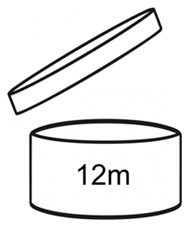
Another important thing to look at on the back label is the little jar with a number on it. It will be 6M, 12M or anything of the sort. This corresponds to the shelf life of the product once opened.
So let’s say you open a jar of the Cerave Moisturising Cream, that just came to me of the top of my head. On the back of the jar, you see the little jar symbol with 12M. This means that once opened you have to use it up in 12 months, or 1 year. Once those 12 months passed, the product is no longer safe to use.
It’s important to take note of these little details to know when you should replace your products.
This also applies to makeup products, and something not many people know is that mascara should be replaced every 3 months. Who has ever used up a mascara in 3 months? I haven’t. Oops…
Personally, I have made it a habit to note down when I open products. Because that way I also know for how long I have used them and when I should post a review.
The expiration date
The expiry date of the product is attached to the batch or lot number. There are online resources that help you track down these batch numbers. The expiry date is not related to shelf life. The expiry date will correspond to how long the product is preserved in a sealed state.
These batch numbers, something I have learned from my job, are attributed to every new production, on the production line. So you may have a dozen of batch numbers every year, for the same product, corresponding to the date, hour, and the production line. This way the company can trace back the events, in case something is wrong with a product.
I have never checked these, I never had the necessity, but I like to know that have access to this in case something happens. For example, if a product causes acute irritation you might want to check if you didn’t get a bad batch.
Leaping Bunny
The leaping bunny will indicate the product is cruelty-free. The leaping bunny is the gold standard. Bear in mind that companies that sell in China and claim to be cruelty-free are not. China has mandatory animal testing.
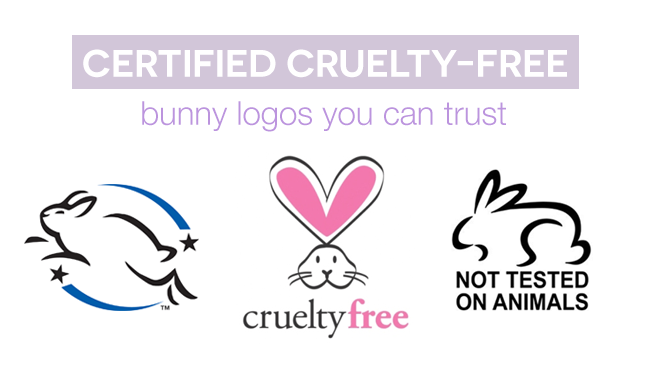
Other symbols of a bunny might correspond to “against animal testing”. Being against animal testing is applaudable, but doesn’t necessarily mean the company doesn’t test on animals.
Other symbols
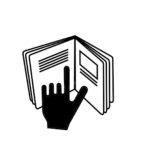
This is a new one to me, but I did notice it on several products, like Paulas’s Choice and Summer Fridays. The hand-in-book symbol will indicate that there is a card, tag or leaflet enclosed with the product.

Other symbols that are often on the back label will be the recycling symbol which is pretty straight forward. If you are in Europe or Australia, you’ll notice the “e” symbol which indicates that the quantity of a product in the bottle/tube/whatever, corresponds to the one mentioned on it. So for example if it says 30 ml then it has to be 30 ml or within the allowed margin of error. What a strange directive.
I hope this was informative and if you want me to cover other symbols and information available on the back label of products do let me know. I’m always happy to know your opinions and love your feedback
Follow me on Instagram for more product reviews, useful tips, as well as snippets of my daily life.
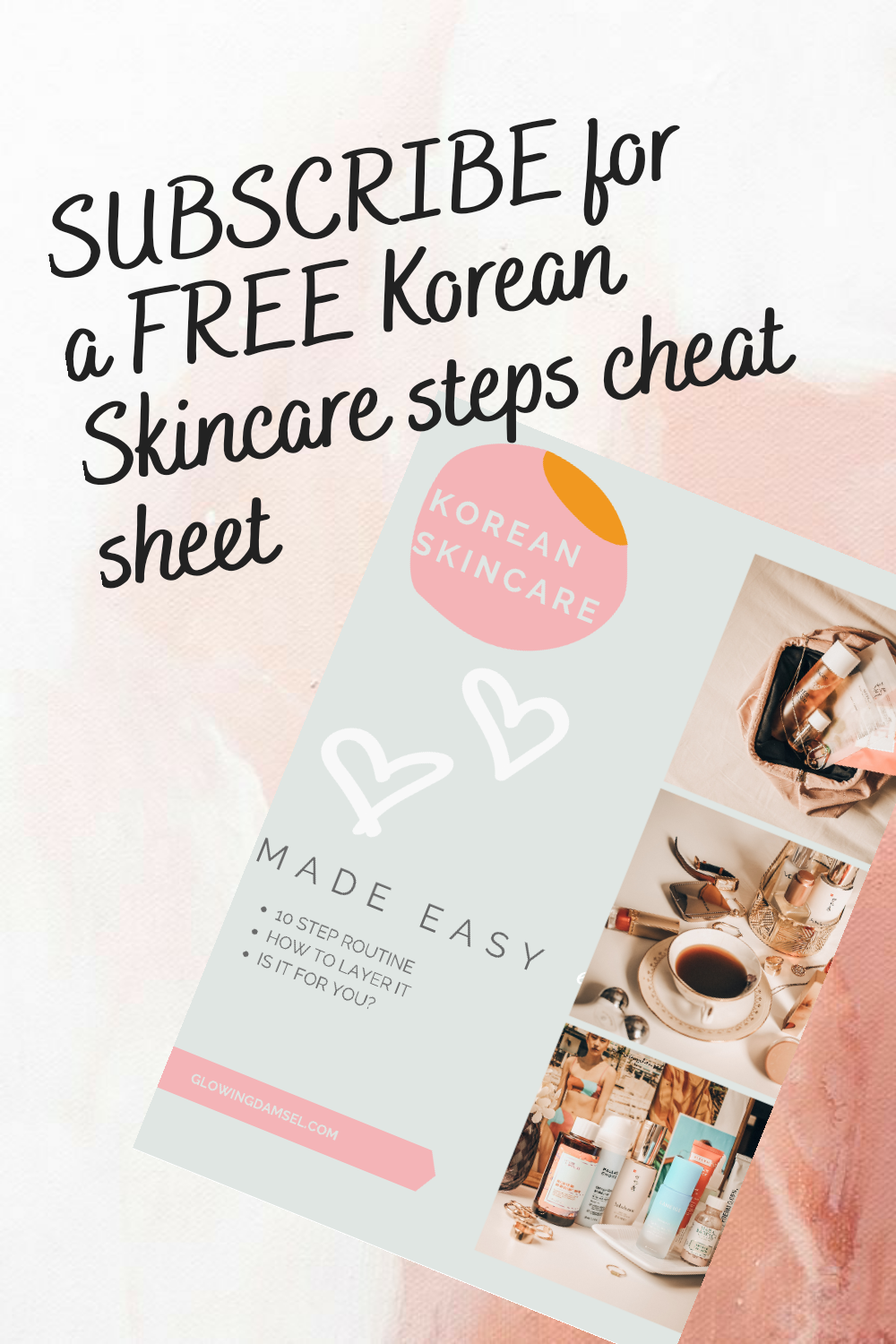
Some of the links listed above are affiliate links, meaning that if you click through and decide to make a purchase, at no additional cost to you, I may earn a commission.

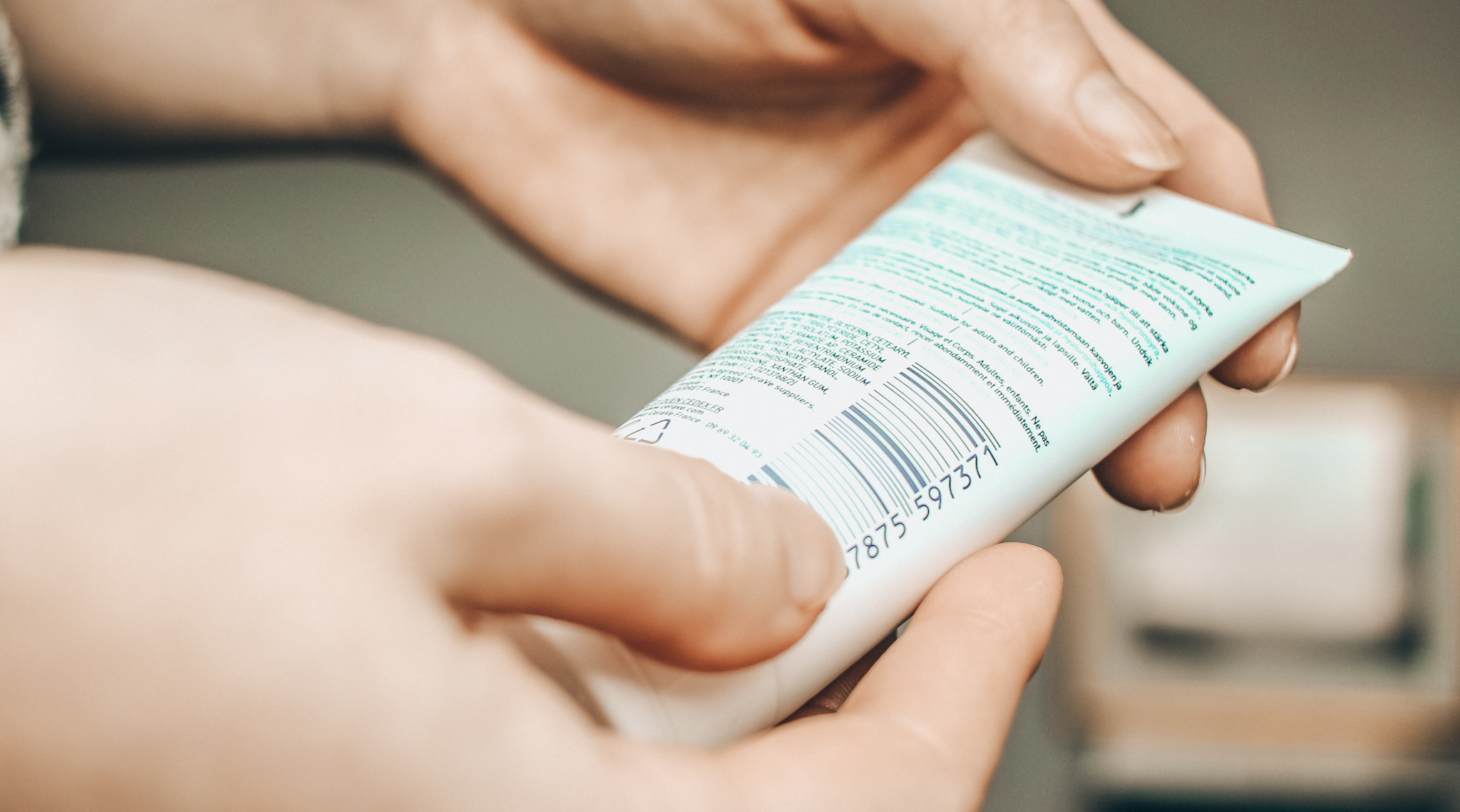
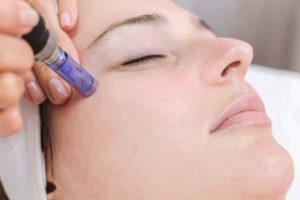
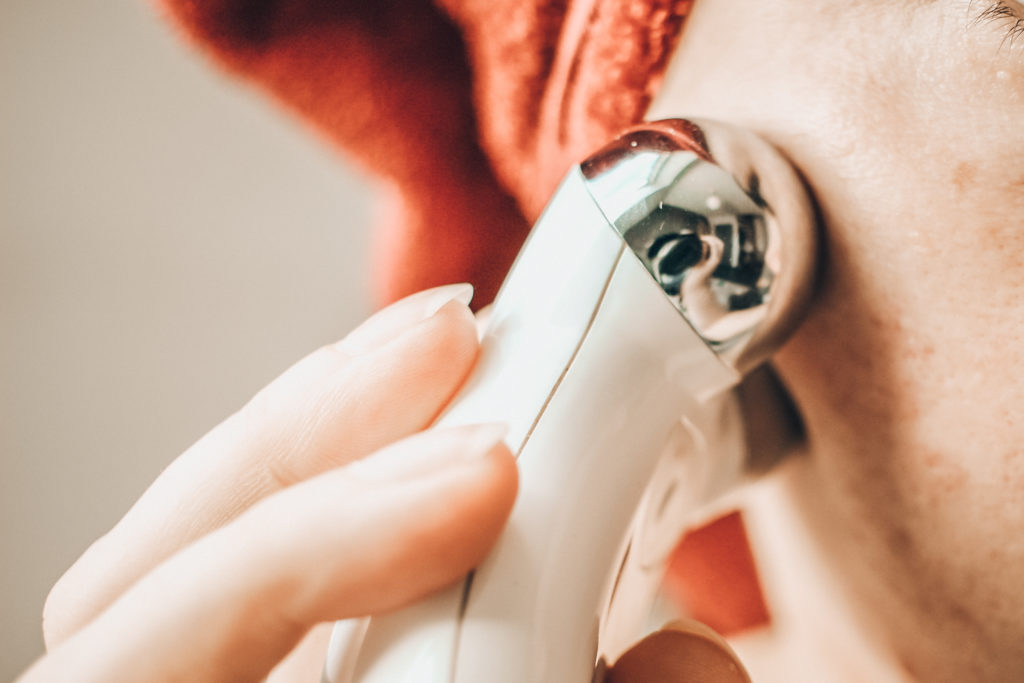

Leave a Reply